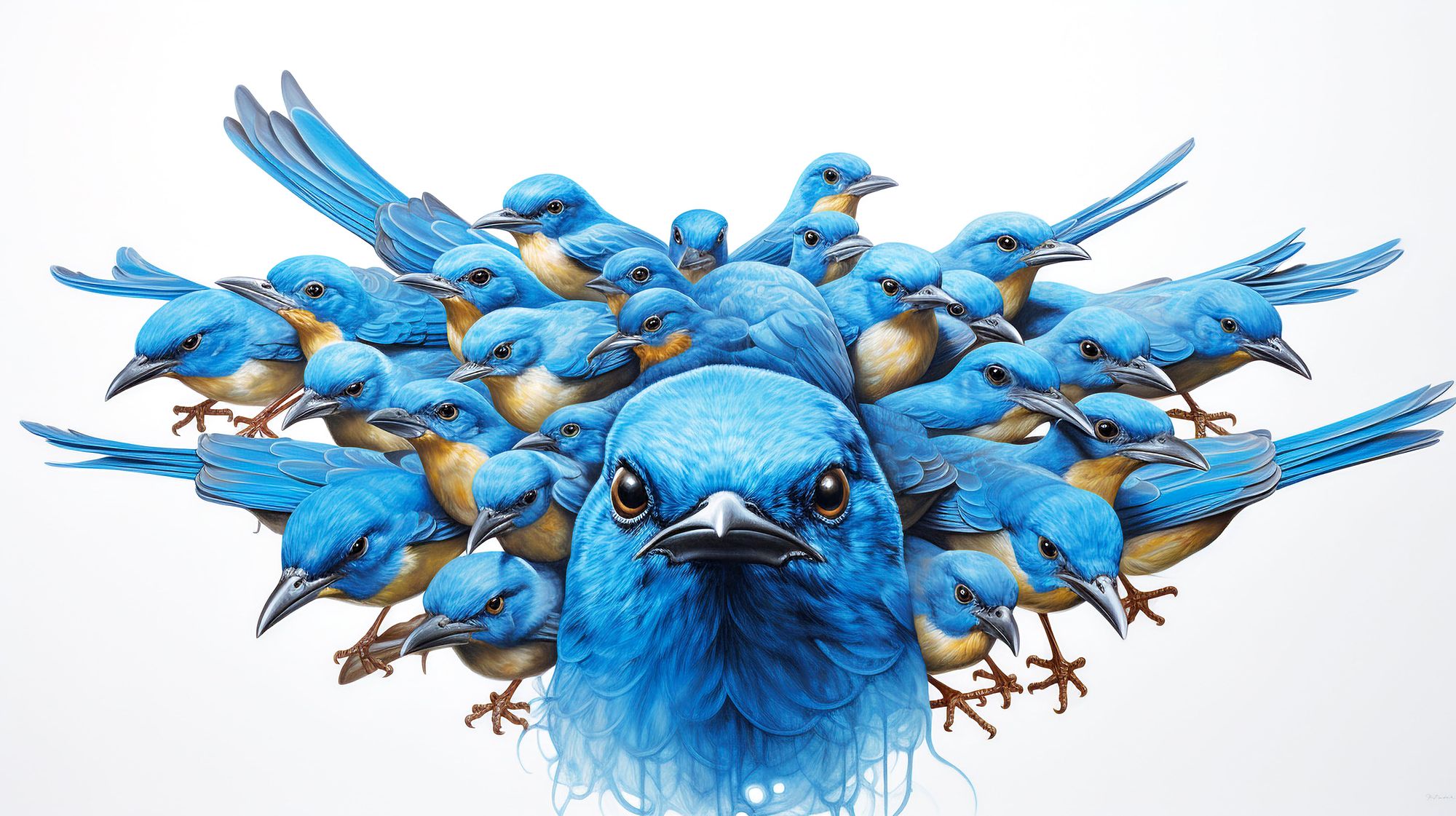
The would-be Twitter replacements: who's winning and who's dead?
Elon Musk's takeover of Twitter prompted a raft of competitors to launch. Which ones are still surviving?
Twitter is caught in the cycle of life. As one platform dies — or, at least, sinks in senescence — others are born. And the cycle of social media life continues. However, it’s vanishingly rare that one social platform directly supplants another — and it’s beginning to look like there won’t be a replacement for Twitter. Instead, the functionality we associate with Twitter —what we used to call “microblogging” back in the 2000s — is expanding out into an ecosystem of protocols, features, and products.
Let’s break that down:
- Protocols — there are now at least three open protocols competing to replace Twitter. The idea here isn’t to replace one corporate app with another, but to build an open standard like email or the web — but for microblogging.
- Products — this is the straight replacement game. Attempts to build a corporate-owned product that will slip into the niche that Twitter is slowly collapsing out of.
- Features — other companies have taken the core capabilities of Twitter and incorporated them into their existing products as an enhancement.
This is a much more interesting situation than the “horse race to replace Twitter” narrative that’s floating around. In the months since Musk’s evisceration of Twitter, no single competitor emerged that looked like it might directly replace it. Instead, we’ve got this emerging ecosystem of microblogging communities, that makes us much less dependent on a single company. As Musk has shown us, that’s a precarious place to be.
A world made up of multiple post-Twitter services is a far more sustainable. So, It’s worth looking at each category in detail.
Features
So, who’s taken the core of Twitter and put it into their existing product? Step forwards, Meta and Substack.
Substack Notes

Launched: April 23
Imagine Twitter, except deeply integrated into a newsletter platform. That’s Substack notes. From my perspective, activity on Notes has dropped markedly since the initial burst of enthusiasm, but it’s very much still alive. More so, in most cases, than the chats function that Substack introduced the year before. I don’t think this is going away any time soon. It’s doing a solid job, along with comments, of making Substack a community destination as much as a newsletters platform. It’s all part of the moat that this VC-backed company needs to build to make it ever harder for people to exit the platform.
Instagram Threads
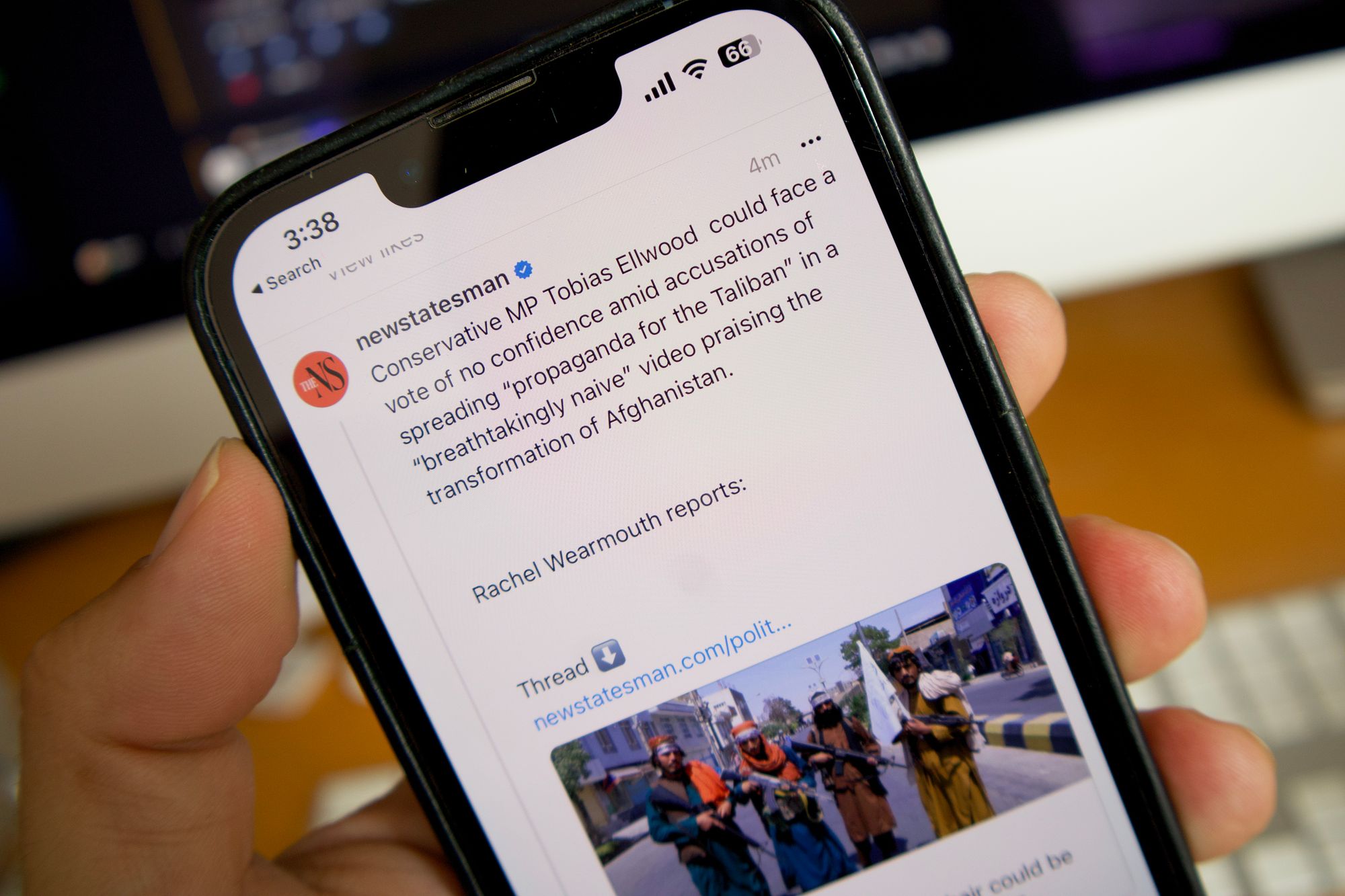
Launched: July 23
Yes, Meta’s play in this game is a feature, not a product. Although you download it as a separate app, it’s built on the Instagram infrastructure, your identity is your Insta persona, and the two accounts are, currently, inseparable. This has worked out brilliantly for the company: it hit 100m users in a week, even if activity is already dropping.
That said, Threads might actually end up moving category, if the team go ahead and implement something called ActivityPub. More on that in the Protocols section below.
Products
There are a handful of players out there, trying to recreate Twitter, but with a few differences. Here are the players that I’m aware of:
T2 (renamed Pebble, died October 2023)

founded November 2022
A Twitter competitor from ex-Twitter folks, leading to the rather on the nose working name. Invite-only at this stage, and lacking an app. Yes, you have to use it on the web, like it’s 2007 again. This is perhaps the product most literally founded to replace Twitter, given its timing…
My feed is surprisingly active, and the service has some vocal advocates. Neville Hobson wrote a very complimentary piece about it a couple of weeks ago.
It’s taken in $1.1m in angel investment to get it going. It’s still very much in Alpha, with account creation opened up in April of this year, and you either need to join a waitlist, or get an invite from an existing member. Yes, it’s going to be late to the game, but has people who know what they’re doing behind it, so it’s worth watching.
Death: October 2023
Pebble was shut down in late 2023, having failed to achieve significant growth.
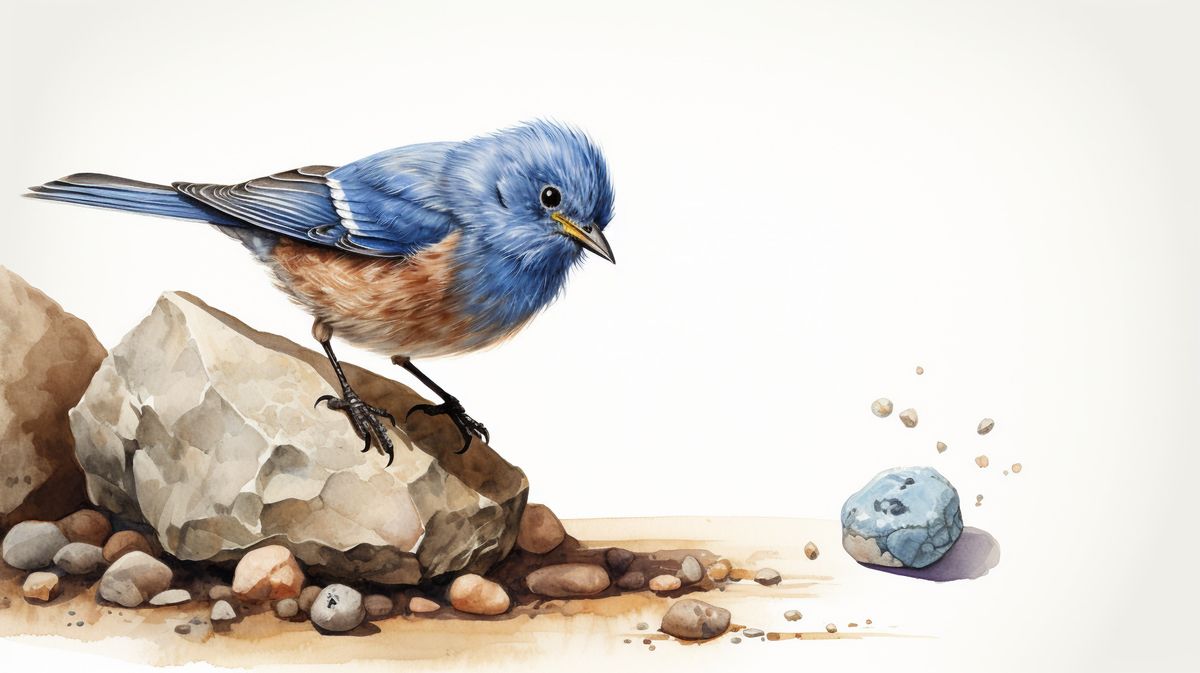
Post.news (died April 2023)
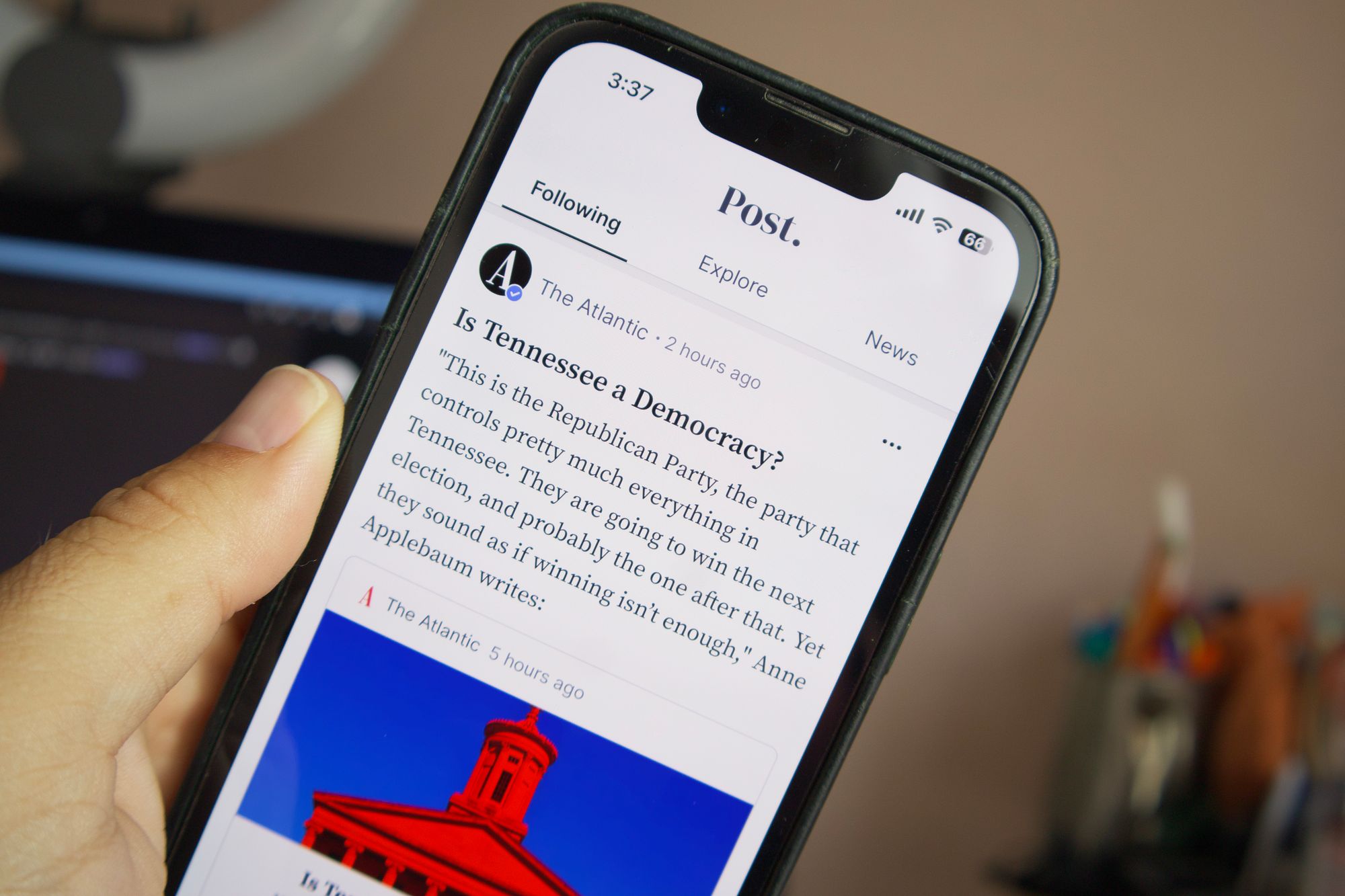
launched November 2022
Imagine Twitter, but built just to share and discuss news. That’s pretty much post.news. I actually hesitated as to wether I should include this in the feature category instead because in some ways, it’s a news aggregator with a microblogging interface attached. But, because the microblog element is more prominent in general use than the news reading, I’ve left it here for now.
This is the least like Twitter of the three in the Product category. Its business model is about partnership with publishers, who can have and promote their content on the app, and readers can buy access to individual articles with micropayments.
You can see the focus in my recommended list, which is dominated by news accounts. Currently, I suspect this product will live or die by how well its news partners promote it to their audience because I don’t see strong incentives for people to go there otherwise. There’s a fair amount of activity there, though, and the launch of the iOS app last month might help.
The app already has VC funding. Back in December, they were looking for another funding round at $250 million. This is my sceptical face.

Death: April 2024
Hive Social
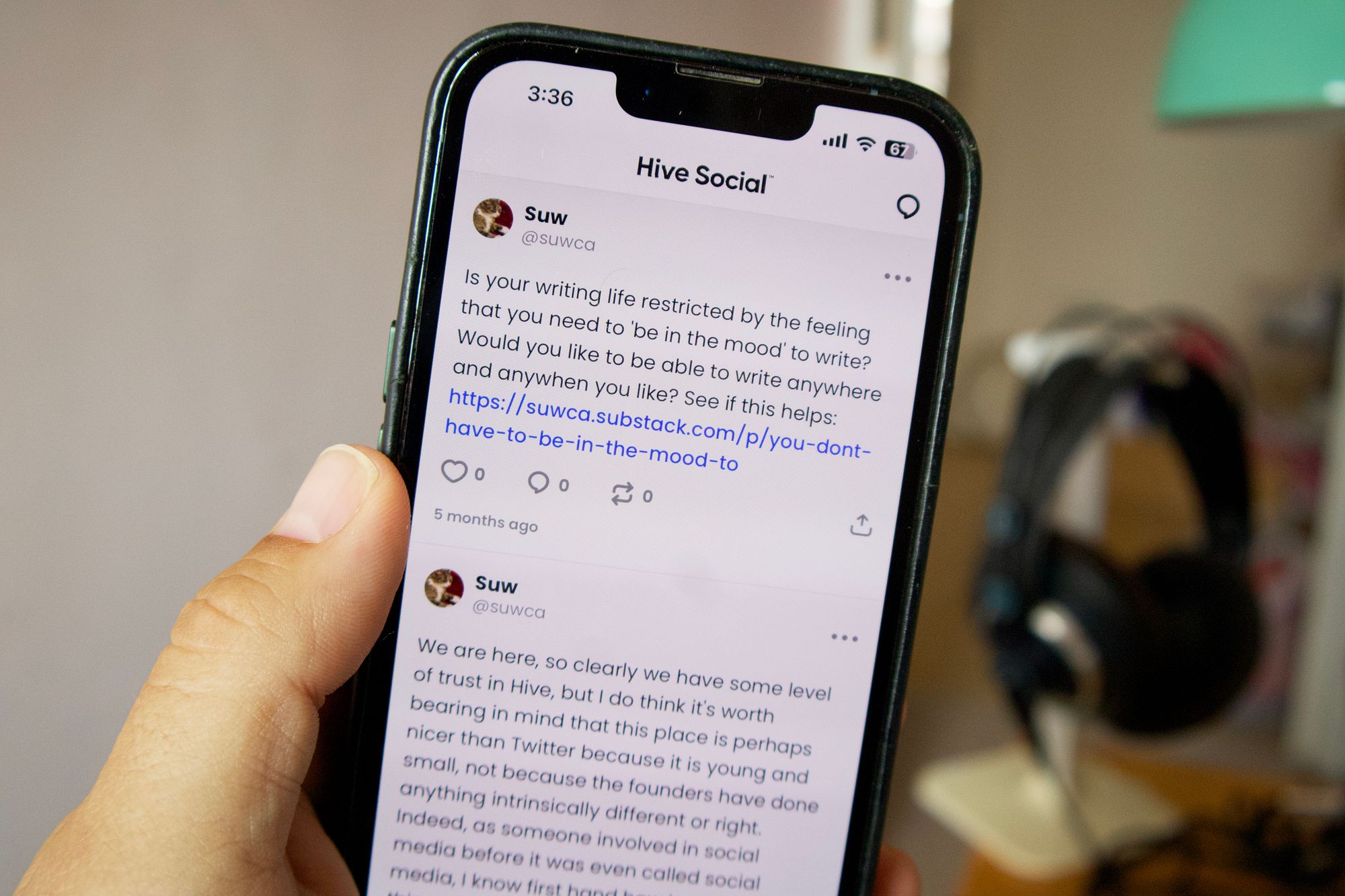
founded June 2019
After three years of under-the-radar life, Hive caught a wave of interest as Musk took over Twitter in late 2022. It couldn’t cope. In December, the servers came down because security researchers pointed out that the service had major security holes. That was a serious blow to the platform's momentum at the worst possible time.
When I went to open the app to write this, I discovered that my iPhone had offloaded it, through lack of use. That’s pretty symbolic. When it was reinstalled, the most recent post in my feed was from five months ago. Even some of the biggest hashtags are only seeing activity every few hours.
It’s a nice-looking app, but the community just isn’t there — yet.

Protocols
OK. Put your geek goggles on. It’s time to get technical. One of the reasons both email and the web have proved so resilient is their open protocols. Anyone running an email server can send email to anyone else running one, thanks to Simple Mail Transfer Protocol (SMTP). The same applies to the web: all web servers talk using Sir Tim Berners-Lee’s Hypertext Transfer Protocol (HTTP).
There are at least three attempts out there to build something like this for microblogging. Let’s start with the big one:
ActivityPub
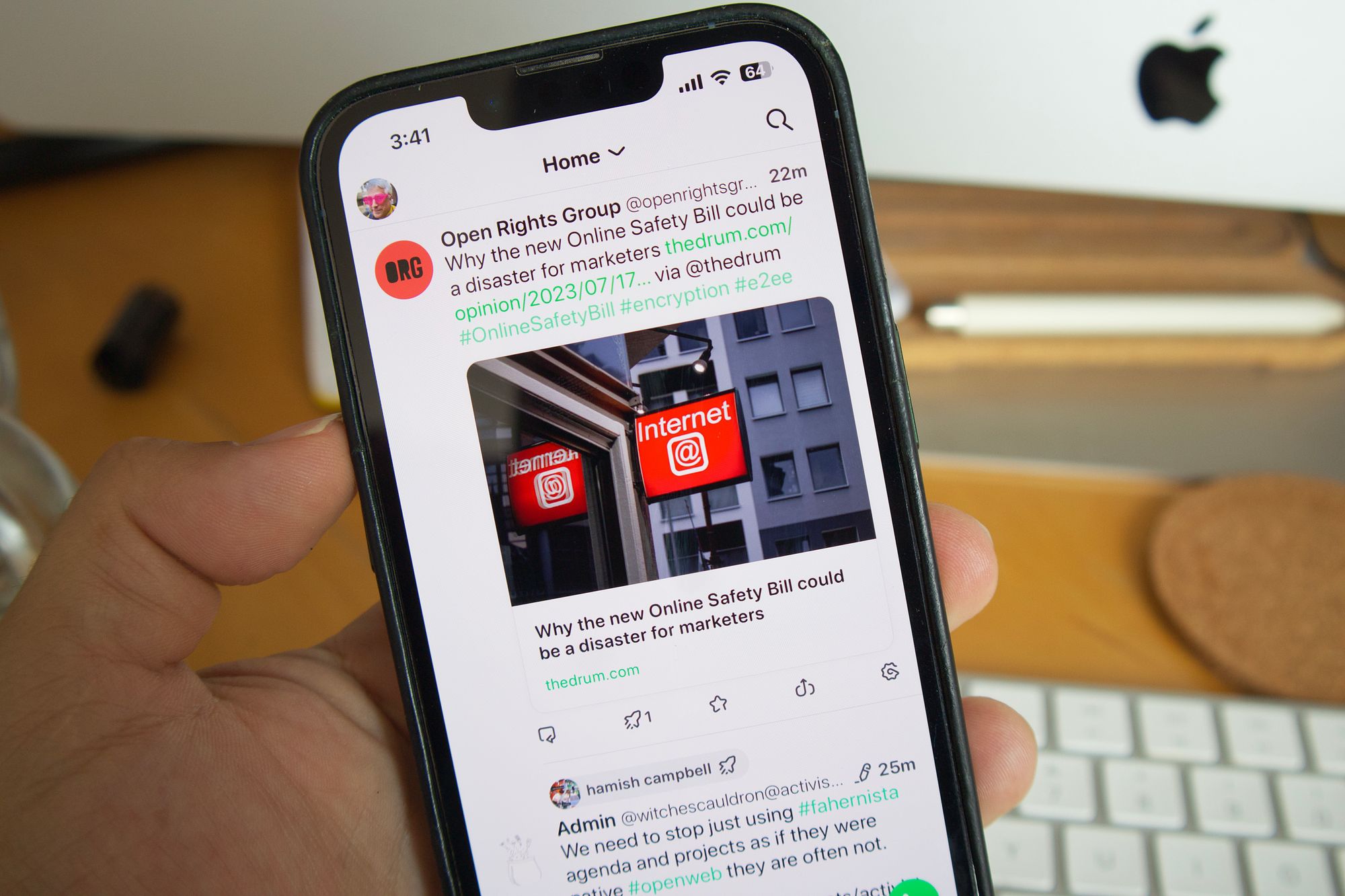
Introduced in January 2018
ActivityPub is an open standard for social networking. It’s not just for microblogging, though. For example, there’s a service called Pixelfed that uses it to build an Instagram competitor. But for our purposes, it’s the service behind Mastodon.
Mastodon was the initial winner of the race to replace Twitter back in 2022, but has struggled to maintain the momentum. It’s slight clunky for non-technical users, as you have to choose a server to sign up to first: a bit like choosing your email service provider. And then you end up with complex usernames like @oneman@follow.onemanandhisblog.com. That’s broken up into two parts:
- The first @ is your username
- The second @ is the server your account is hosted on
It’s very similar to email. But that level of complexity, and a sometimes rather unwelcoming culture, has stopped the service expanding beyond the tech world, which has embraced in en masse.
That said, Mastodon is not the be-all-and-end-all of ActivityPub. The lovely little microblogging service Micro.blog uses it. And yes, you follow people on Mastodon from it. Tumblr has talked about adding compatibility, and WordPress is only a plugin away from compatibility.
And then there’s Threads. Meta has said that they will add ActivityPub support to Threads. This makes sense: the company is under intense regulatory scrutiny worldwide, and adding openness and compatibility will give them a shield against that. When they do it, Threads will immediately become the largest single player in the Fediverse (what the collection of ActivityPub-based services call themselves) – but it will be part of it.
A future with Threads as the dominant player in microblogging, but connected with other services via ActivityPub, is looking very likely right now.
ActivityPub services
AT Protocol

launched in 2021
You probably know this better by the name of the company that’s creating it, and its first major product: Bluesky. It’s literally a spin-out of old Twitter, and Twitter co-founder Jack Dorsey sits on the board. It was born of Jack’s interest in creating an open Twitter alternative, and initially run by Twitter, but the two have parted company in the Musk age.
Right now, Bluesky is the only service using the AT Protocol, but, in theory, others will be able to run servers in future once the protocol is finalised. This sounds very much like ActivityPub, for a good reason: it will be a direct competitor. Their argument for creating a new protocol is that ActivityPub’s support from account portability is somewhat half-arsed, and the AT Protocol team think this is crucial — and they can do better.
But they’re a long way behind.
Bluesky itself was quite buzzy before Threads launched, but that took the wind out of its sails. It’s still invite-only, with invites hard to come by. The initial buzz was because media types were very good at getting those invites, so it became something of a US media clubroom for a while. But then they got distracted by the mainstream audience available on Threads…
Meanwhile, Bluesky has landed $8m in funding, and even has the beginnings of a business model. You can have a username like @adders.bsky.social — or you can use your domain as a username. For example, Anil Dash is @anildash.com. If you want that snazzy, branded and owned look, you can register your domain through the service – if you don’t have one already.
AT Protocol devices
- Bluesky
- Er, that’s it
Nostr

launched early 2023
Hands up: I don’t really understand Nostr, but I’m going to do my best to explain it. Rather than ActivityPub, where people run a server, which you have accounts on, Nostr has two aspects:
- Clients: the app or web app you run Nostr in
- Relays: servers that distribute messages between clients
This is true decentralisation: there are no servers to take down, no single source of failure. As long as Nostr relays exits, your client can get posts out on the network.
It’s still very early in development, and so it’s stuck in the “techies understand it, but it’s baffling to the rest of us” stage. It has the potential to be much more resilient than the other protocols – but it looks Mastodon look mainstream. Worth watching, but that’s all.
Worryingly, it’s very popular amongst crypto types. Oh, and Jack Dorsey, co-founder of Twitter and Bluesky. Keeping your options open there, Jack.

The Post-Twitter landscape
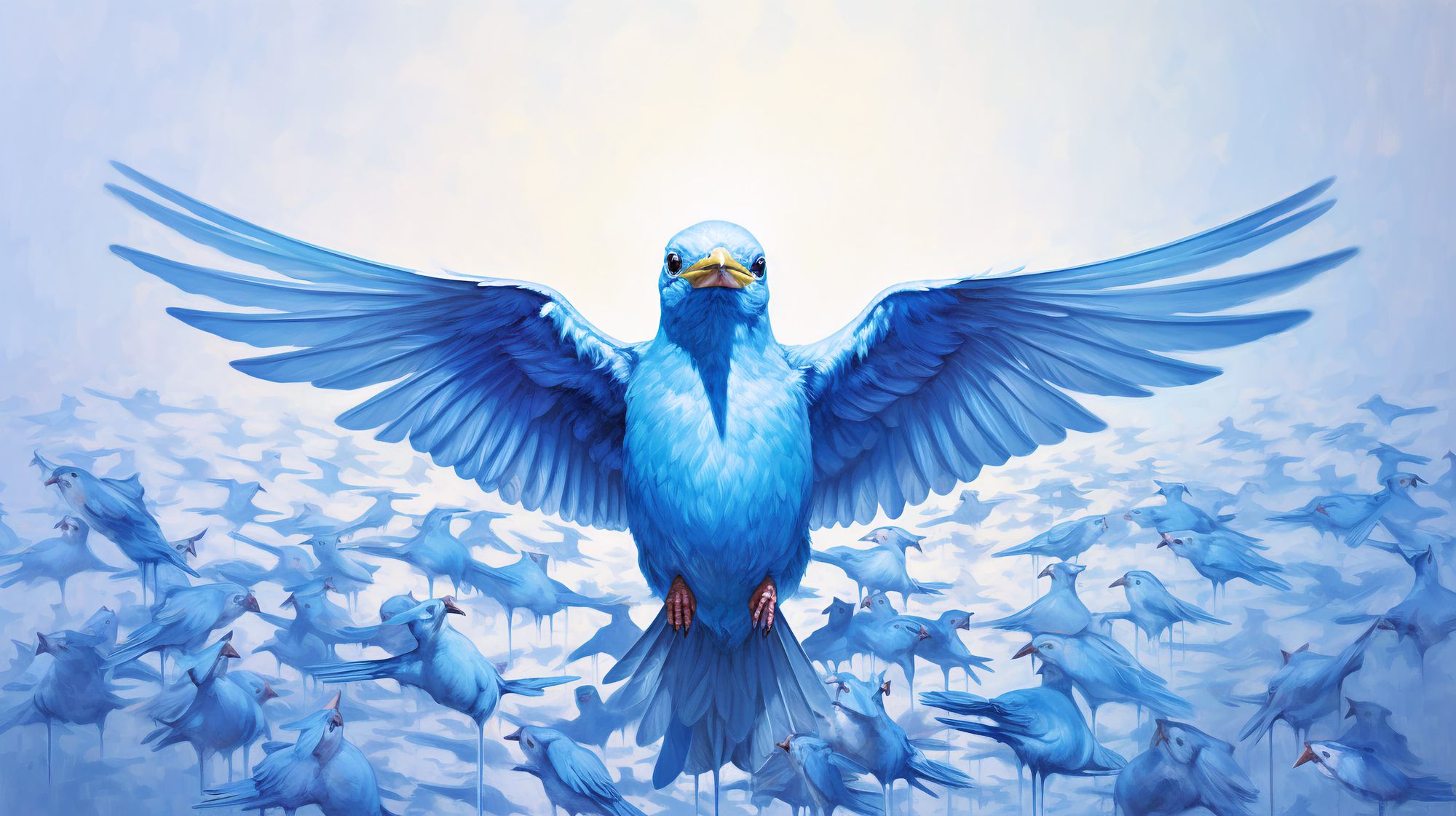
So, who will win?
Wrong question.
The only questions that matter remain the same as they always do:
- Which of these will reach a critical mass of users that mean they survive?
- Are enough of my audience there that it’s worth my time investigating the service?
Personally, I hope that we see both protocols and features survive — I think there’s room in the world for both. I’m less convinced by the prospects of more closed products. I think people have been burnt badly by these in the past, and getting critical mass in an increasingly federated world might be tricky.
But an awful lot depends on what Threads does next. All of a sudden, it’s the big competitor to Twitter. This is now Threads’ battle to lose. The question is whether they bring the Fediverse along with them if they do win.
Sign up for e-mail updates
Join the newsletter to receive the latest posts in your inbox.














